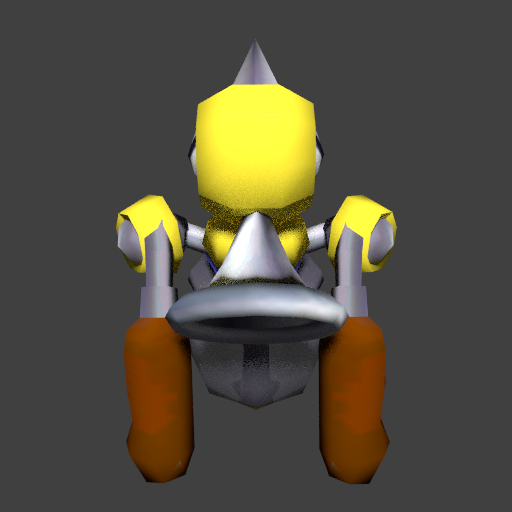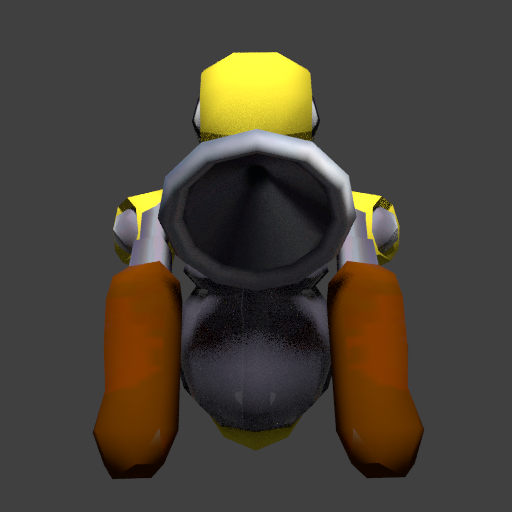PaVG #1: Super Mario Sunshine
Ever since I heard about this blogging assignment, this was the first idea to come to mind. I used to play the game Super Mario Sunshine frequently in my childhood. The game stars Mario in a tropical setting, using a water-fueled jetpack to hover over large gaps for a few seconds. Using this jetpack, he can hover over characters and spray water on them to clean them off. Sounds harmless enough, but I wanted to see just how powerful this water pack could be.
Many have assumed that Mario weighs somewhere around 165 pounds, so I will be using this for my calculations. Converting this to kilograms, we get 74.8427 kg. In order to calculate the force needed to hold Mario in place in the air, we need the force exerted by gravity on Mario. Using the equation Force = Mass * Acceleration, we can plug in the numbers 74.8427 kg for mass, and 9.81 m/s2 for acceleration due to gravity. This gives us a force of 734.206887 Newtons of force.
In order to compare this device to something realistic, we need to determine its pressure. One way of doing this would be to find its PSI, or Pound-force per Square Inch. Since we have an answer in newtons, we can convert this to PSI using a different value for pressure, Newtons per Square Meter. This requires us to find the area of the water stream. Assuming that the stream of water is perfectly circular, and that its diameter is equal to the diameter of the nozzle at its widest point, all we need is the area of the nozzle. To do this, I can measure based on an actual model taken directly from the game's files.


Doing this, I compared the backpack to Mario's official height of 5'1", and scaled it accordingly. Then, I measured the nozzle's diameter, and got a measurement of 30 centimeters. Using the equation Area = Pi * Radius2, substituting in .15 m for radius, we get an area of .070686 m2.
The pressure unit is Newtons per Meter Squared, so dividing 734.206887 N by .070686 m2 will give us a pressure we can convert to PSI. This gives us 10386.90269 N/m2. Converting this to PSI gives us...1.5 PSI. This seems pretty underwhelming. For comparison, some garden hoses are rated for maximum PSIs of 150. Did I do something wrong?
That's about all the time I have for now. Let me know what you think, and if there are any ways I could improve or simplify my calculations! For now, I'll leave you a video of a real-life water jetpack. See you next time!


2 Comments
Recommended Comments